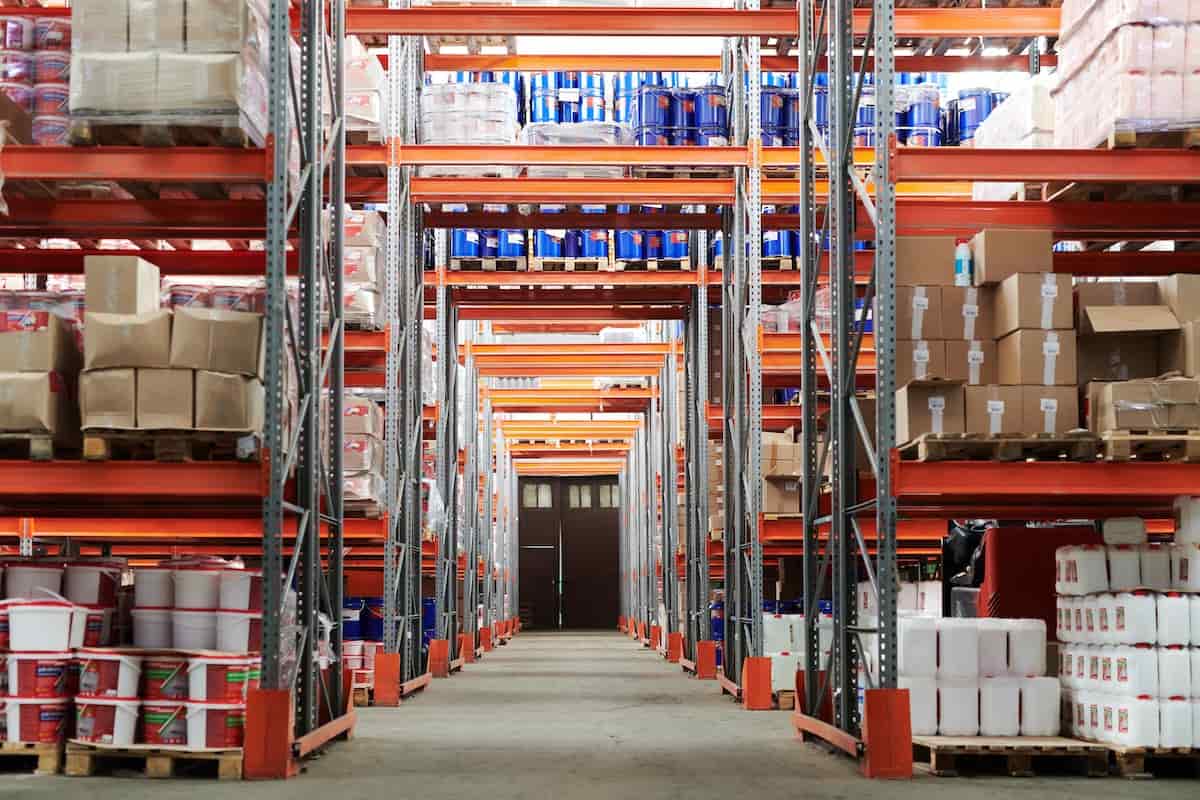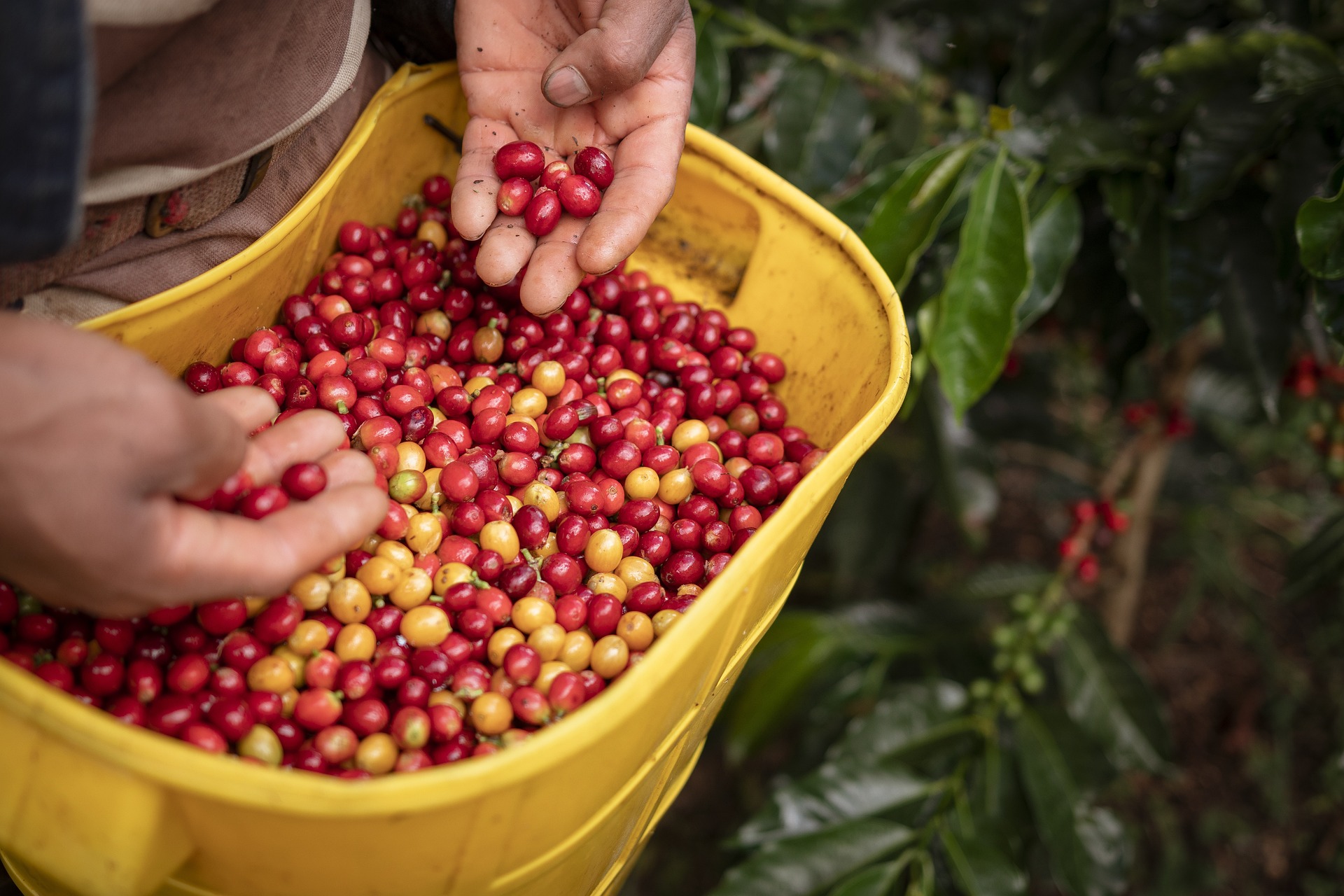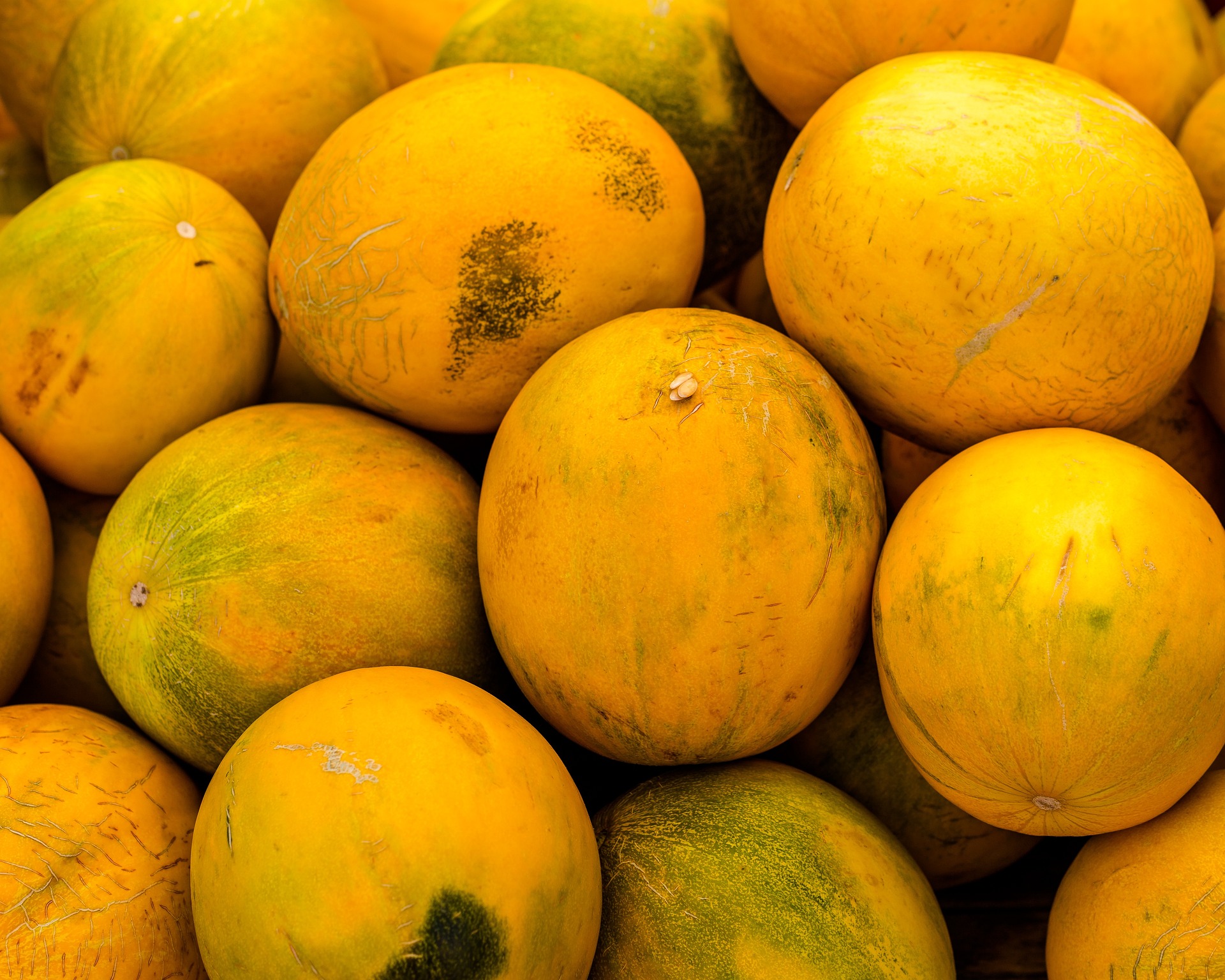Product Classification in International Trade: Understanding the Basics

International trade involves the exchange of goods and services across national borders. Product classification is an essential aspect of international trade as it helps identify and categorize products for the purpose of determining tariffs, taxes, and regulatory requirements. In this blog post, we will explore the different product classification systems, and how product classification works in international trade.
Product Classification Systems
Product classification systems provide a standardized method for identifying and categorizing products based on their nature, composition, and intended use. There are several different classification systems used in international trade, each with their own unique codes and descriptions.
Harmonized System
One of the most widely used product classification systems is the Harmonized System (HS). The HS is a six-digit code system that categorizes products into 21 sections. They are further divided into chapters and sub-headings. Each code in the HS corresponds to a specific product, and the system is used to determine customs duties and taxes as well as for statistical purposes.
The HS is a global product classification system that is used by over 200 countries and territories. It was developed by the World Customs Organization (WCO) in the 1980s. It has been updated periodically to reflect changes in technology, trade, and the global economy.
Standard International Trade Classification
Another product classification system is the Standard International Trade Classification (SITC). The SITC is used primarily for statistical purposes and categorizes products into ten sections based on their economic characteristics and uses. The system was developed by the United Nations in the 1950s and has been updated periodically to reflect changes in the global economy.
North American Industry Classification System
The North American Industry Classification System (NAICS) is another product classification system that is used in Canada, Mexico, and the United States. The NAICS categorizes businesses into sectors and sub-sectors based on their economic activity. The system is used to collect data on businesses for statistical purposes and to analyze economic trends.
Other Product Classification Systems
There are also several other product classification systems that are used in specific regions or industries. For example, the European Union uses the Combined Nomenclature (CN) system to classify products. The pharmaceutical industry uses the Anatomical Therapeutic Chemical (ATC) Classification system.
How Product Classification Works
Product classification is a crucial component of international trade. It is a systematic process used to identify and categorize products based on their nature, composition, and intended use. This process is necessary to determine customs duties and taxes, as well as for statistical purposes.
Classification Process and Criteria
Product classification is based on several criteria, including the nature of the product, its composition, and intended use. For example, a customs official may classify a product as a textile based on its physical characteristics, such as its fibers or weave pattern. The official may also consider the product’s intended use, such as whether it is intended for clothing or industrial use.
Customs officials are responsible for classifying products when they enter a country. They use a product’s description, invoice, and other accompanying documents to determine its classification. The classification process involves several steps, including analyzing the product’s physical characteristics, its intended use, and any applicable regulations or laws.
To classify a product, customs officials typically use a product classification system, such as the Harmonized System (HS), the Standard International Trade Classification (SITC), or the North American Industry Classification System (NAICS). These systems provide a standardized set of codes and descriptions that can be used to identify and classify products.
Importance of Accurate Classification
Accurate product classification is essential for businesses involved in international trade. Incorrect classification can result in the imposition of excessive customs duties and taxes or even fines and penalties. Accurate classification can also expedite the customs process, allowing for faster processing times and fewer delays.
In recent years, advancements in technology have led to the development of automated product classification systems, such as those based on artificial intelligence (AI) and machine learning. These systems can analyze product descriptions and other data to determine the most accurate classification code. However, while technology can aid in the classification process, it is important to note that it is not a substitute for human expertise.
Best Practices for Product Classification
Accurate product classification is crucial for businesses involved in international trade. There are several best practices that can help ensure that products are classified correctly.
Understanding the classification system(s) applicable to products
Businesses should familiarize themselves with the product classification systems that apply to their products. These include the Harmonized System, Standard International Trade Classification, and any other relevant systems. This requires understanding the different codes and descriptions used in each system, as well as any exemptions or special rules that may apply.
Keeping up-to-date with changes in classification rules and regulations
Product classification rules and regulations can change over time. So it is important to stay informed about any updates or changes that may affect your products. This includes monitoring changes to the Harmonized System or other classification systems, as well as any changes to customs rules or regulations in the countries where you do business.
Investing in expertise and training
Product classification can be a complex and technical process, so businesses should invest in expertise and training to ensure that their staff has the knowledge and skills needed to classify products accurately. This may include training on the relevant classification systems, as well as ongoing professional development to stay up-to-date with changes in classification rules and regulations.
Conducting regular product reviews
Businesses should conduct regular reviews of their product classification practices to ensure that products are being classified accurately and in compliance with relevant regulations. This may include reviewing product descriptions, analyzing customs data, and seeking feedback from customers or industry experts.
Using technology to supplement human expertise
While technology can aid in the product classification process, it is important to note that it is not a substitute for human expertise. Businesses should use technology to supplement human expertise, rather than relying on it exclusively. This may include using automated classification systems based on AI or machine learning, but with human oversight and input.
Final Thoughts on Product Classification in International Trade
Product classification is an essential aspect of international trade. Accurate product classification can help businesses comply with regulatory requirements, reduce the risk of penalties and fines, and facilitate faster processing times at customs. As the global trade environment continues to evolve, product classification will remain a crucial tool for businesses and governments alike.
The future of product classification in international trade is likely to be shaped by advancements in technology, such as the use of artificial intelligence and machine learning. These technologies could potentially streamline the classification process and reduce the risk of errors. However, it is important to note that technology is not a substitute for human expertise in product classification.




